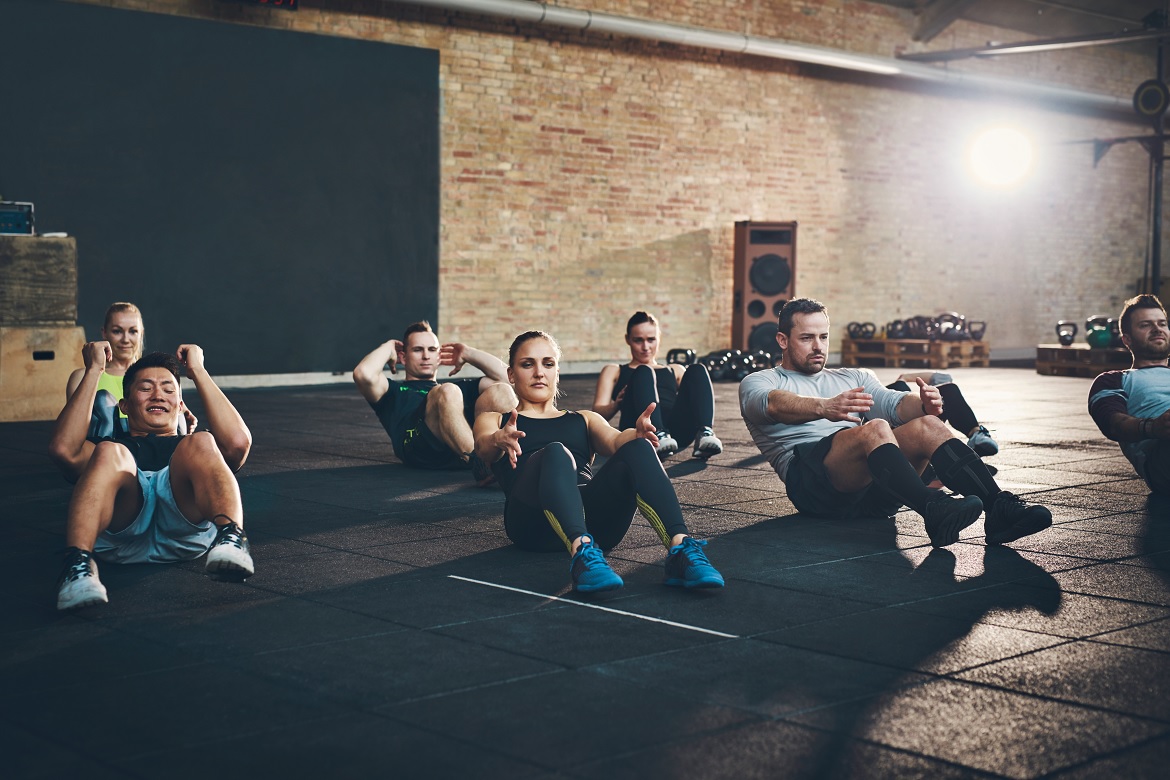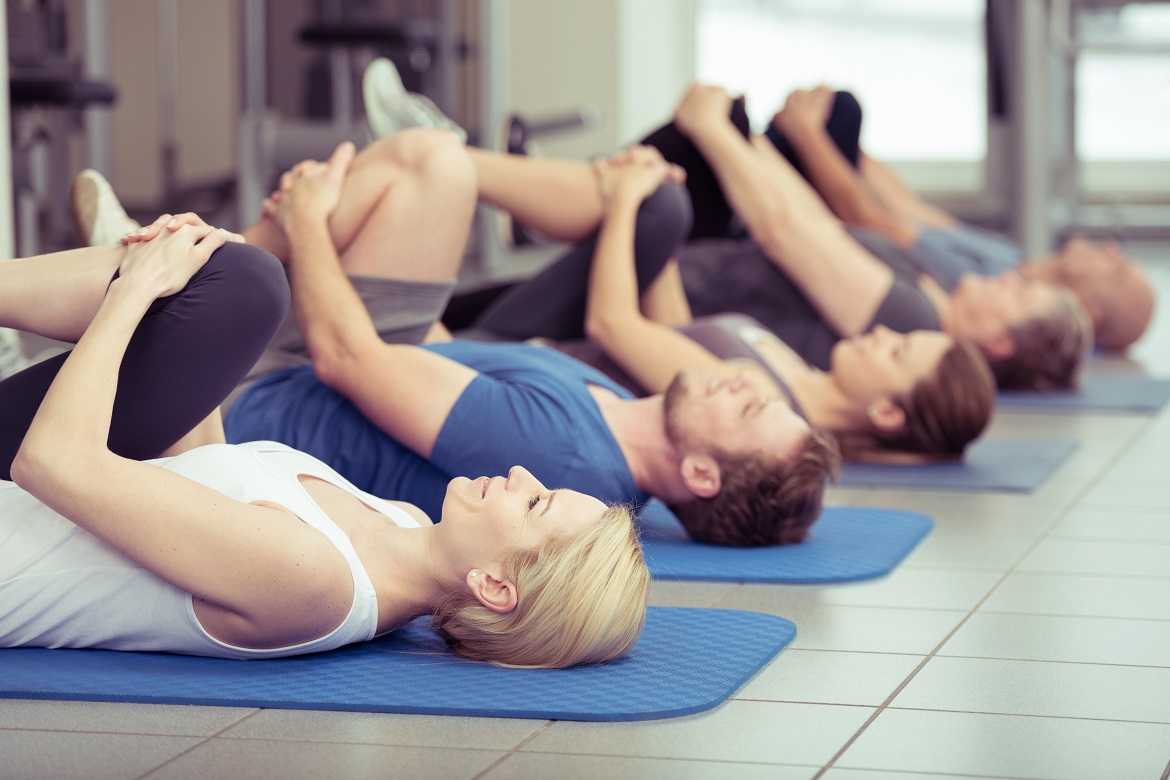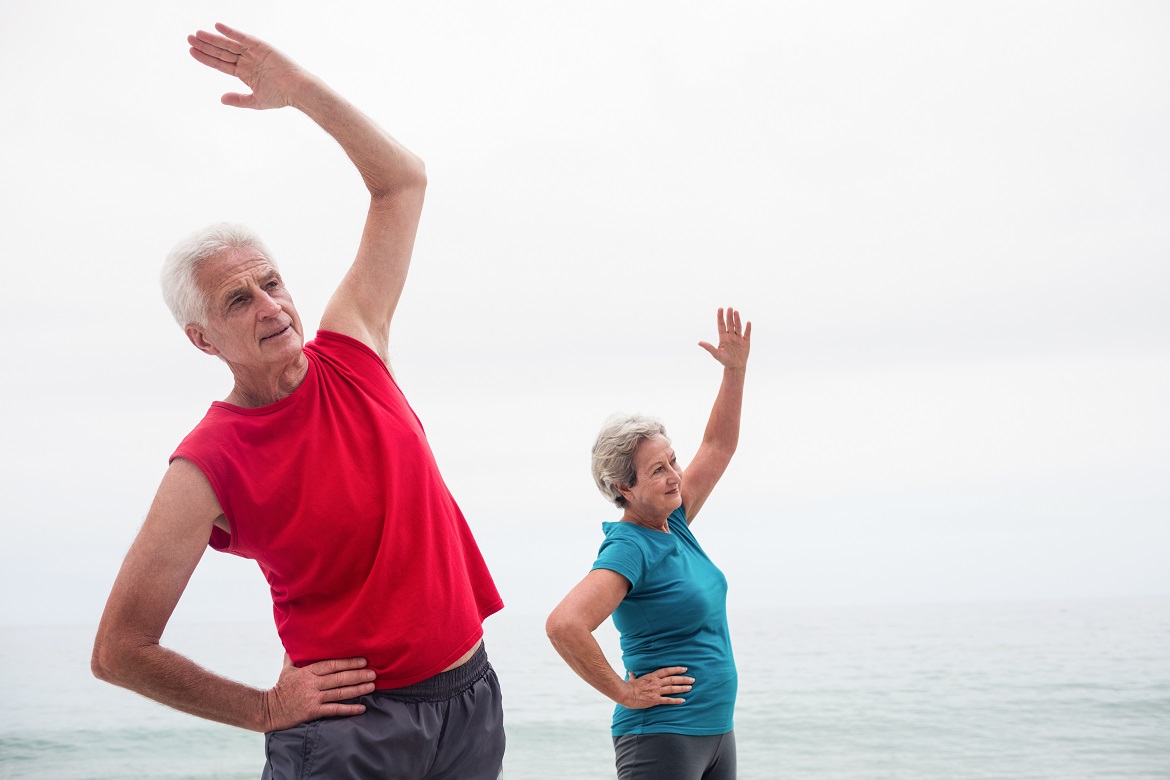
Words: Peter Reaburn
One of the most obvious things masters athletes notice as we age is we get slower. While some masters athletes are faster compared to when they were younger through training smarter or using a scientific approach, in general, the frustration of slowing down hits us all.
Many masters athletes use antiquated team sport training methods or play the game socially and expect to perform at a high level. According to the training principle of specificity, this is not possible. We need to analyse what the team player needs and train those qualities correctly. Here are nine guidelines masters athletes should follow to develop speed and team player fitness:
All speed training must be performed when the body is fully recovered from a previous event or training session. A tired, sore or overtrained masters athlete cannot improve their speed when fatigued from previous training or work.
Correct sprinting technique is achieved through many repetitions to reinforce skill development. Initially this should be done at slower speeds but gradually increased while correct form is held. Sport-specific drills are an excellent means of developing correct sprint technique.
Few masters athletes warm-up correctly. A warm-up should include low intensity work that develops a light sweat, stretching the specific joints and muscles being used in the sport or event, and then some technique-specific drills followed by gradual increases in intensity to event-specific intensity.

A warm-up should include low intensity work that develops a light sweat and stretches the specific joints and muscles used in the sport
All sets and repetitions of a speed training session must be followed by adequate recovery, so the next effort is high quality. The shorter the effort in time, the shorter the rest. As a rule, a 1:4-6 work-to-rest ratio is recommended.
Speed training sessions should be varied between light, medium and heavy days. For example, back-to-back hard days would not benefit speed development.
Masters athletes should track the total distance covered during each maximum speed training session to see a gradual progression in distance.

It is recommended masters athletes stretch at home 2 – 3 times per week to reduce the loss of muscle mass and strength
Doing longer intervals (e.g. 150-400m runs or 50-100m swims) or decreasing the rest between shorter intervals (10-20m runs, 12.5-25m swims) develops speed endurance. The aim should be sport-specificity. Obviously, a team player needs to do short sprints up and back with short recoveries, but after say 6 x 10m efforts, a long rest of 2-3 minutes might be taken so the quality of the next set of 6 x 10m is high.
A masters sprint athlete must focus on developing muscle mass, strength and power in the gym. To do this, enlist the help of a strength specialist at a local gym or through connections you may have in your sport. Your money will be well spent. The older the competitive masters athlete, the more important this becomes.
Apart from an age-related loss of muscle mass and strength, another major decline is a decreased range of motion around a joint. This loss of flexibility will obviously mean speed will decrease due to the stride or stroke length decreasing. While many masters athletes stretch before and after training sessions, too few do flexibility training and stretch at home 2-3 times per week.
Peter Reaburn is Professor and Head of Exercise & Sports Science within the Faculty of Health Science and Medicine at Bond University, specialising in masters sport. Learn more about Peter.
The 2018 Pan Pac Masters Games “Mastering Sport” Symposium (2-3 November) is being hosted in conjunction with Sports Medicine Australia and will be held at Bond University. More information coming soon.